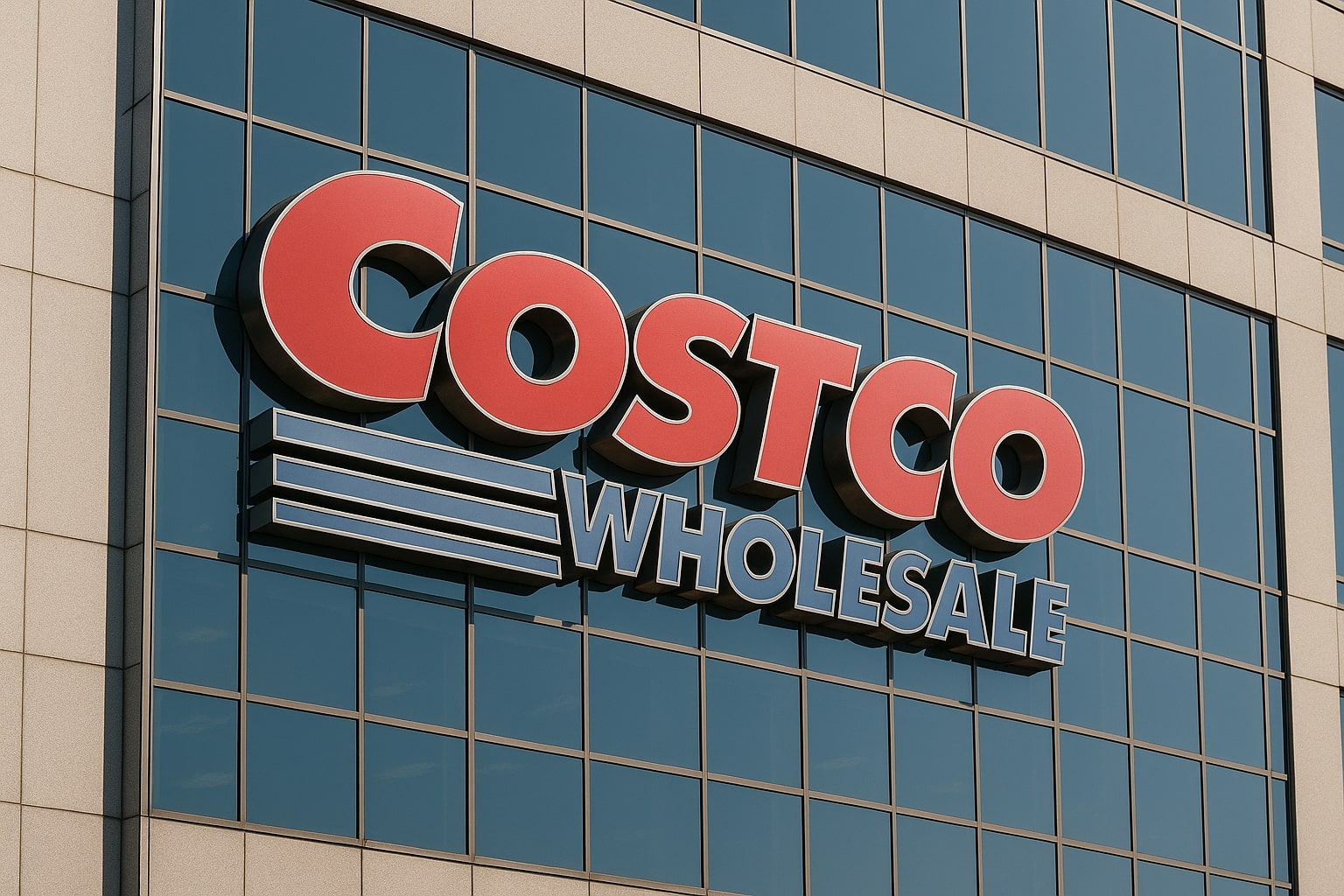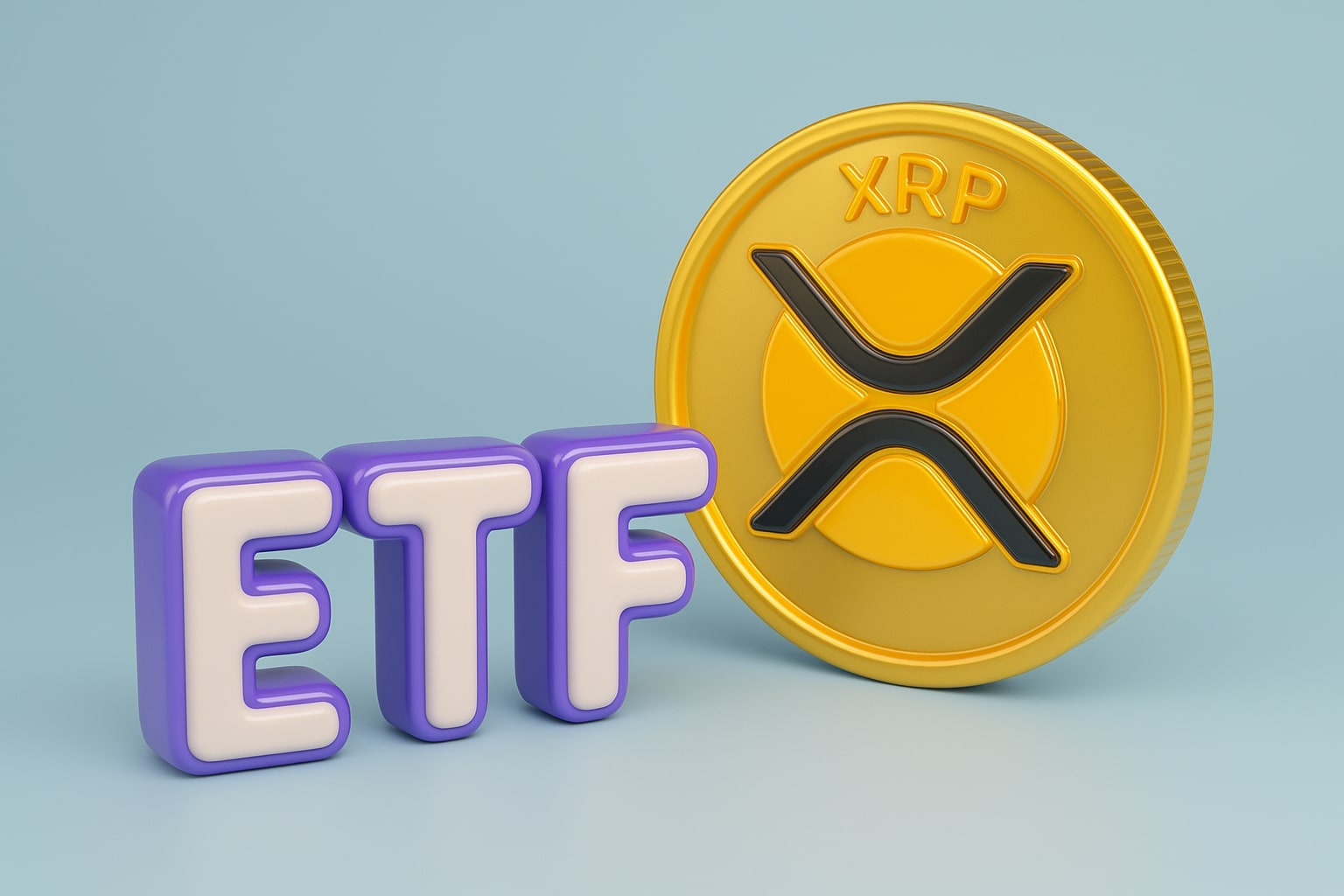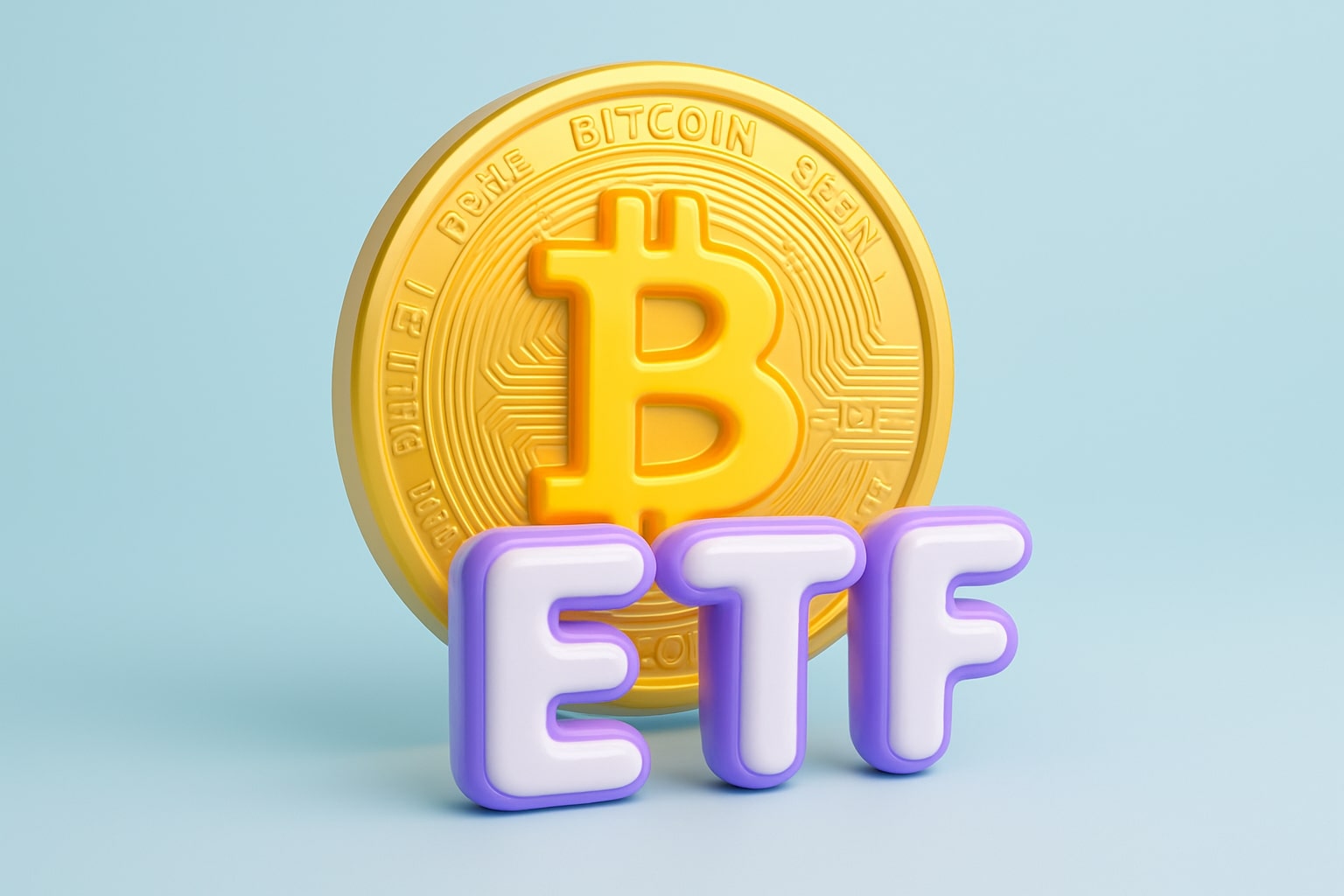
Costco Stock Price Forecast - COST Shares Slips 2.9% to $915.95 Despite Q4 Earnings Beat on $86.16B Revenue
Membership income surges 14% to $1.72B, but investors weigh stretched 45x P/E valuation and slowing same-store sales growth | That's TradingNEWS
Costco (NASDAQ:COST) Earnings Beat Meets Valuation Roadblock
Costco Wholesale Corporation NASDAQ:COST delivered fiscal Q4 results that once again underscored the company’s operational strength but also highlighted the tension between financial performance and stock valuation. Revenue reached $86.16 billion, up 8.1% year-over-year and above the $86.03 billion consensus estimate. Earnings per share came in at $5.87, beating forecasts of $5.82. Same-store sales grew 6.4%, modestly ahead of estimates, with Canada leading the pack at 8.3% growth and international markets delivering 7.2%. The U.S. business, however, posted 6% growth, slightly short of the 6.1% expected. Despite the beats, the stock declined 2.90% on earnings day, closing at $915.95, as investors questioned whether a company trading at more than 50x earnings can sustain momentum without sharper growth.
Membership Revenue Remains Costco’s Powerhouse
Membership income continues to anchor Costco’s profitability, growing 14% year-over-year in Q4 to $1.72 billion. For the fiscal year, membership revenue surged past $5.3 billion. Paid members rose 6.1% to 81 million, with renewal rates above 90% in the U.S. and Canada. Executive members represented nearly three-quarters of sales, underscoring the premium value of the customer base. Insider sentiment also reflects confidence in Costco’s recurring model, with insider transactions pointing to stable commitment. CEO Ron Vachris emphasized that staples remain core to consumer loyalty: in FY25, Costco sold 245 million hot dog combos, 157 million rotisserie chickens, and enough bath tissue “to reach the moon and back 200 times.” These figures reinforce the predictable demand that powers Costco’s renewal-driven business model.
Digital and International Expansion Add Growth Drivers
Costco ended FY25 with 914 warehouses globally and announced plans to open 35 more in FY26. Website traffic surged 27%, while e-commerce sales advanced 13%, showing the company’s ability to adapt in a digital-first retail world. International comps rose 7.2%, with Canada delivering standout growth at 8.3%. This expansion supports Costco’s strategy of layering online momentum atop its brick-and-mortar scale. The combination of warehouse growth and digital adoption points to continued top-line resilience even as North American comps show signs of deceleration.
Financial Health: Earnings, Cash Flow, and Margins
Annual revenue for FY25 came in at $275.24 billion, while net income climbed 10.9% to $8.1 billion. EPS rose to $18.21, up from $16.56 the prior year. Operating margins held at 3.88%, with net margins at 2.94%. Free cash flow improved 17% to $13.3 billion, leaving Costco with $15.28 billion in cash against $8.17 billion in long-term debt. Dividend consistency remains a hallmark, with a forward yield of 0.57% or $5.20 per share annually, extending the company’s 22-year streak. These metrics highlight Costco’s financial fortress, providing ample liquidity to fund expansion and weather competitive headwinds.
Valuation Concerns Dominate Investor Sentiment
Despite stellar fundamentals, COST trades at stretched valuations. The stock’s forward P/E ratio sits at 45.5x and EV/EBITDA near 30x, far higher than Walmart’s (NYSE:WMT) 20x and Target’s (NYSE:TGT) sub-15x levels. With a PEG ratio close to 5, the shares are priced for perfection. Even bullish models applying 10% EPS growth and a 7% discount rate suggest fair value near $860, well below the current $915.95. Analysts remain split: Goldman Sachs raised its target to $1,218 with a Buy rating, while Mizuho reiterated Neutral at $975, flagging limited upside. Consensus averages around $1,063, implying only ~16% upside from current levels.
Competitive Pressures from Walmart, Aldi, and Amazon
Competition is intensifying across retail. Walmart’s Sam’s Club reported 5.9% same-store sales growth, closing the gap with Costco. Aldi’s aggressive U.S. expansion and Amazon’s (NASDAQ:AMZN) rollout of same-day delivery initiatives have weighed on warehouse club valuations. Since Amazon’s launch, COST, BJ’s (NYSE:BJ), and Kroger (NYSE:KR) have underperformed the S&P 500. Tariff pressures also loom, particularly on imported goods. Costco’s ability to maintain value perception with staples and its Kirkland private-label brand remains critical to defending its moat against these rivals.
Read More
-
PFFA ETF Nears $21.50 as Rate Cuts and 9.49% Yield Spark Renewed Demand
29.11.2025 · TradingNEWS ArchiveStocks
-
XRPI and XRPR ETFs Ignite Ripple’s Institutional Rally as Inflows Near $1B and XRP Holds $2.20
29.11.2025 · TradingNEWS ArchiveCrypto
-
Natural Gas Price Forecast - NG=F Blasts to $4.85 as Demand Surge Fuel Multi-Month Breakout
29.11.2025 · TradingNEWS ArchiveCommodities
-
USD/JPY Price Forecast - Yen to Dollar Slides to 156.10 as Yen Strengthens on Fed Cut Expectations
29.11.2025 · TradingNEWS ArchiveForex
Stock Performance and Market Positioning
Year-to-date, Costco shares have gained just 0.34%, lagging the S&P 500’s 12.96% advance. The stock is 13% below its 52-week high of $1,078 and hovers just above its 52-week low of $867.16. Institutional ownership remains strong at 72.5%, with short interest at 1.48% of float. Analysts project EPS of $20.50 in FY26 and $22.20 in FY27, representing 9–10% growth annually. These forecasts are solid but insufficient to justify a multiple above 45x without a clear acceleration in comps or international momentum.
Investment Outlook for NASDAQ:COST
Costco NASDAQ:COST remains one of the most durable business models in retail, supported by recurring membership income, international expansion, and resilient consumer loyalty. Yet at $915.95 per share, trading at over 50x trailing earnings, the risk-reward skews cautious. Comparable sales growth of 6.4% remains strong, but deceleration and competitive pressures cap upside. With base-case valuations pointing closer to $900 and bear scenarios around $750, the shares appear fully priced. The best stance now is a Hold, with attractive entry opportunities likely to emerge if shares retreat toward the $850–$900 range.


















